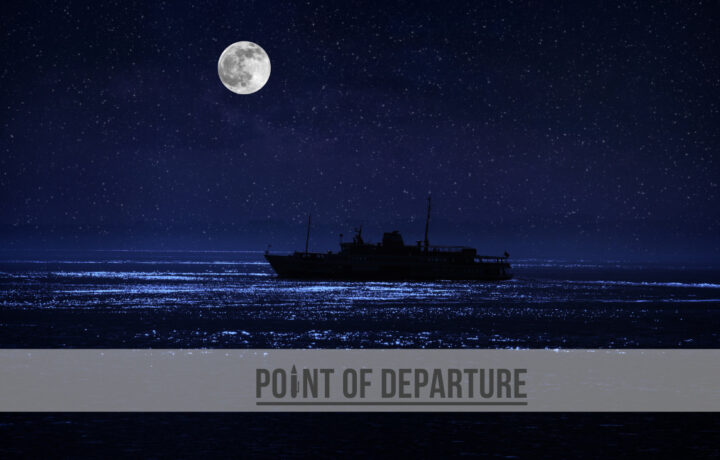As the sun set on the nineteenth century, only a handful of naval theorists gave serious consideration to the subject of night fighting at sea. Historically, naval combat was a daylight exercise; the risks of night battle were high, and success was a gamble most experienced captains weren’t willing to make. Failure was catastrophic and the darkness was an unforgiving environment. All of that changed during the Russo-Japanese War of 1904-1905. The advent of rapid-fire guns, torpedoes, and searchlights changed the calculus of naval battle, and the culture and spirit of the Japanese navy led to the first night skirmish of the new century at Port Arthur in early March. While not a decisive victory by any measure, it heralded an historic sea change.
With their new book from the Naval Institute Press, Fighting in the Dark, editors—and contributors—Vincent O’Hara and Trent Hone present a series of essays that document the evolution of naval combat at night during the first half of the twentieth century. Beginning with the Japanese attack on Port Arthur, Fighting in the Dark offers detailed examinations of how navies prosecuted night combat, leveraged new technologies, and mastered the skills necessary to engage in sea battle under the cover of darkness. The book follows the natural evolution of night combat at sea, from the opening salvos of the Russo-Japanese War through World War I and the interwar years, before reaching a crescendo during World War II.
Fighting in the Dark is an incredible, captivating exploration of innovation and warfighting. The explosion of naval technology during those 50 years is fascinating, and each of the contributors takes care to examine emerging technology with a thoroughness that is as uncommon as it is necessary. In the same vein, the individual authors provide equally detailed analysis of the tactics and techniques in contemporary use at the time, identifying advantages (or shortfalls) in doctrine and procedures that foreshadowed each of the engagements discussed. But probably more interesting than any other aspect of the book is how each author offers a post-mortem on the impact of leadership on night combat. What we know today as command and control—especially within the context of combat information centers (CICs)—is revolutionized during this period, and the authors capture it in vivid detail.
Even as the navies of the world adapted to night fighting, they lacked the ability to exercise effective command and control in battle during the hours of darkness. Even as ship and weapons system designs evolved rapidly to accommodate modern sea battle, a captain’s ability to manage the chaos of fighting at night was slower to evolve. With experience and time, the use of radios, radar, and even plotting surged with each engagement. But the advent of the CIC—a relatively simple concept that allowed leaders to manage the overflow of available information—transformed how sea battle was waged at night. Fighting in the Dark weaves all of this seamlessly into the broader narrative, so subtly that it approaches the reader like a torpedo in the dark.
A thoroughly engrossing literary journey, Fighting in the Dark isn’t just a masterpiece of military history, it’s an incredibly detailed account of how leaders cope with rapid technological change in the chaotic and lethal crucible of battle. The editing is especially impressive, as O’Hara and Hone accomplished a rare feat in an anthology: the writing is practically seamless, with the narrative flowing so smoothly the entire book reads like the work of a single author. Fighting in the Dark is a book that will convey broad appeal across a multitude of reading audiences, from naval historians to students of innovation, from industry leaders to military novices. There’s something here for everyone.




